Cheyenne Mountain High School Begins Year with Dress Code Controversy
Maddie Dyer (12) listens to Mrs. Roberson brief the members of National Honors Society (NHS) for the annual NHS Babysitting Night. This night has been a tradition within the society for years, this night usually takes place during the second semester.
September 12, 2016
Dress codes have always been a controversial issue for high schools across America. Last year, many students both female and male rebelled against strict dress codes that they saw as degrading. Since school started this year, the Cheyenne administration has been having this issue with their dress code policies with a new student led movement.
As female Cheyenne students flood to Instagram to share their opinions on the issue, many can’t help but wonder what policies are influencing this kind of uprising. As the District 12 Student Handbook states: “Students shall not wear apparel that is deemed disruptive or potentially disruptive to the classroom environment”. This includes shorts, dresses and similar clothing beyond mid thigh. Hannah Reich found this sort of policy to be degrading and is taking a stand to the administration with her own initiative.
She advertises her ideas on Instagram through the production of a rebelling T-shirt that reads, “I am not a Distraction”. This, of course, takes hits at the argument that male students become distracted when around females wearing certain apparel. As dozens of girls seem to back the idea in the comments, many parents are on board with the administration’s policies and are responding via social media outlets.
In a since-deleted Facebook post outlines the dress code as a guiding students should obey for self worth reasons. Essentially telling girls that what they’d wear determines what and who they are.
However, Manitou Springs High School had its own issues with dress code controversy last year after a school assembly. The speaker of the assembly promoted the district policy regarding dress code, and many students came out on social media directing their disagreement with the policy.
Students disagree with the policy because it indirectly states that a male student’s education is valued higher than a females. This argument is directed at the policy’s flaw of being selective of who it chooses to target. While the dress code controversy continues, schools will continue to amend their school dress code policy.

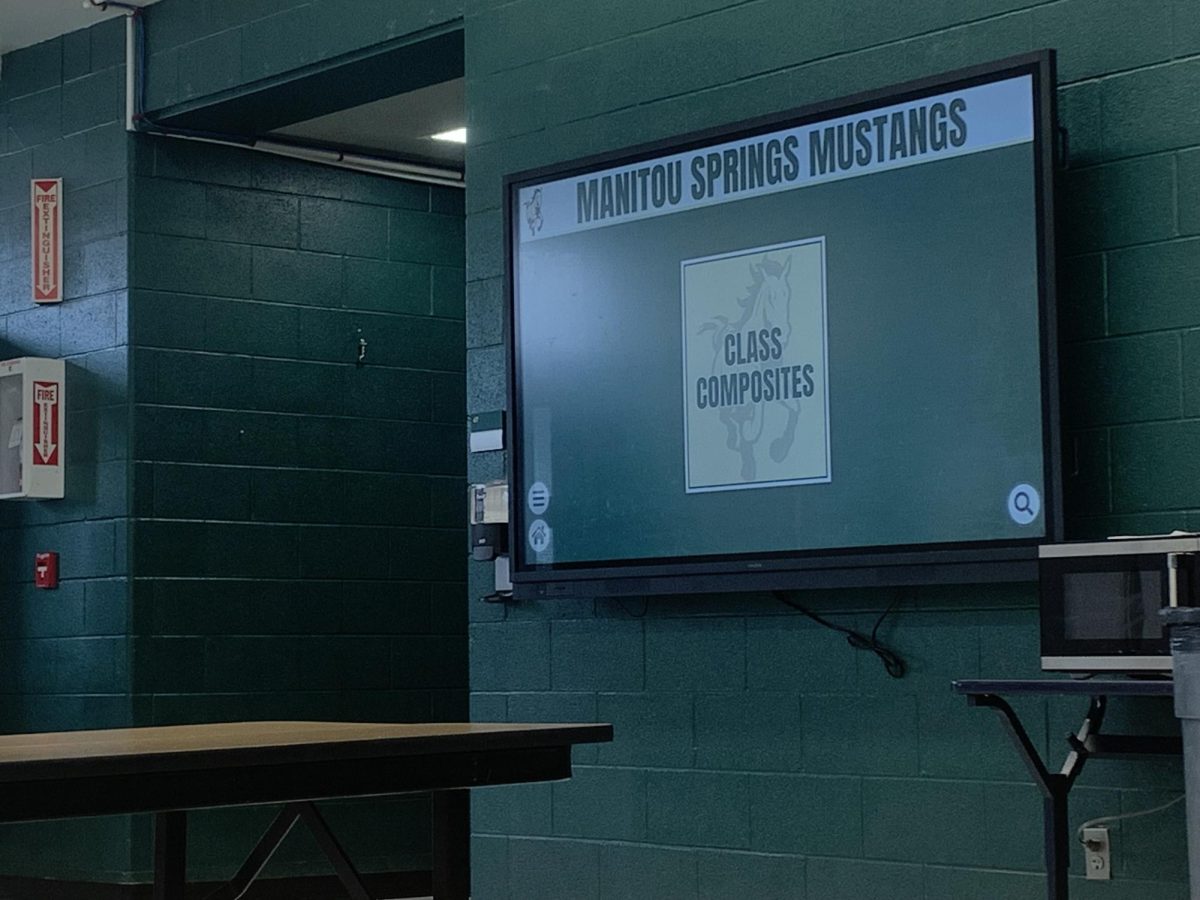





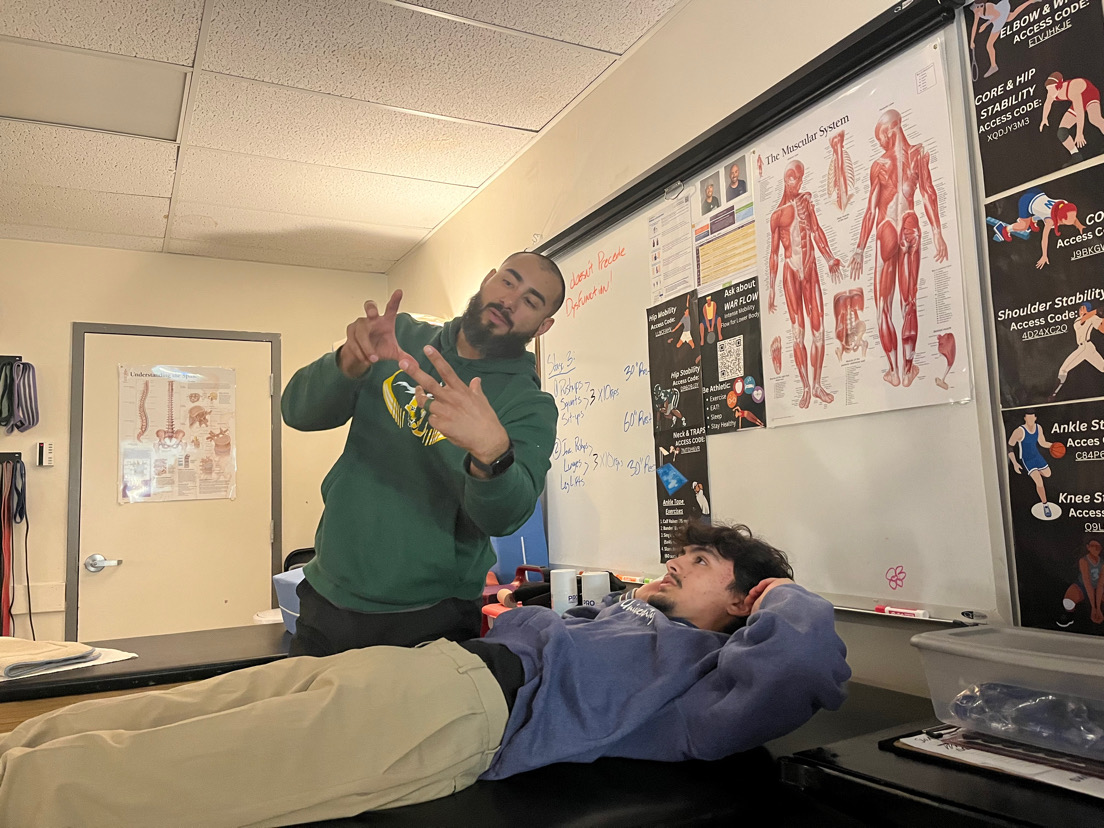






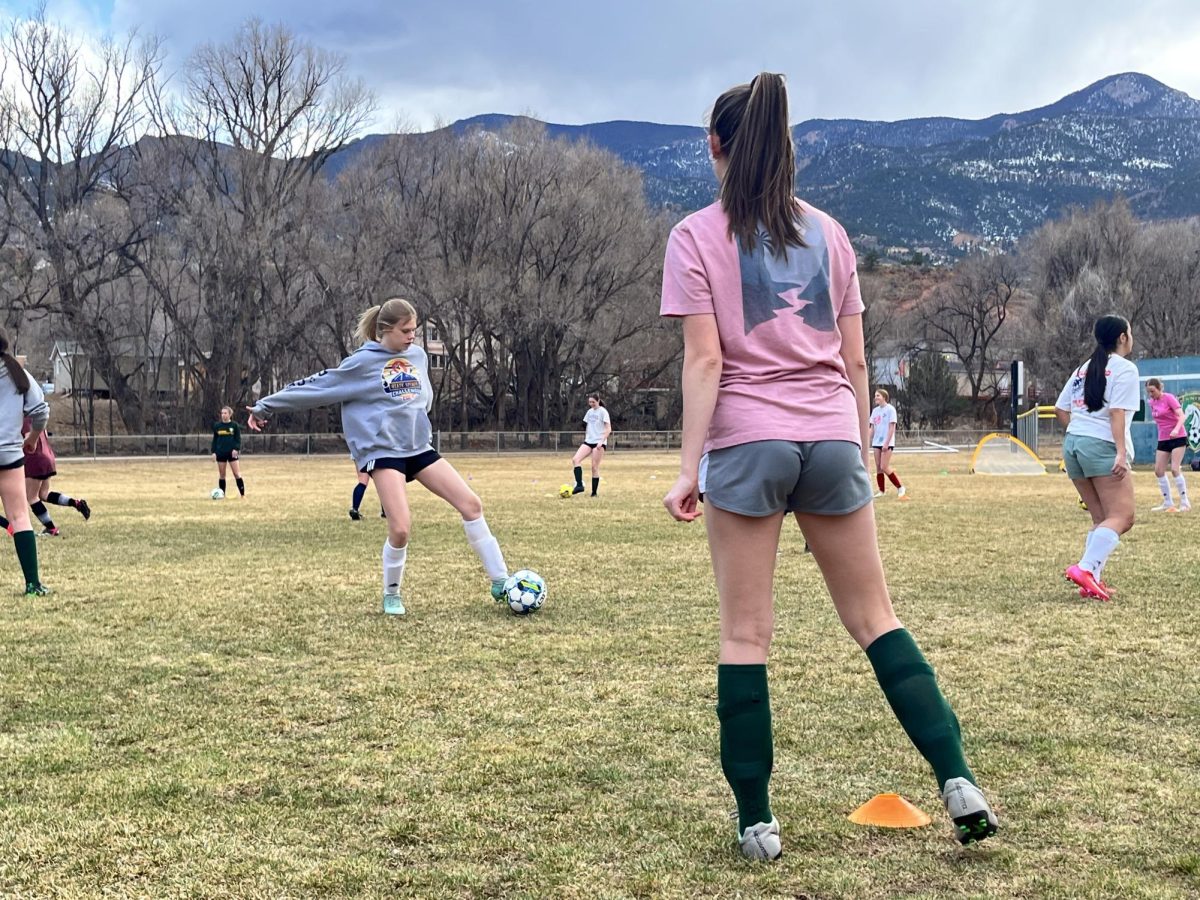




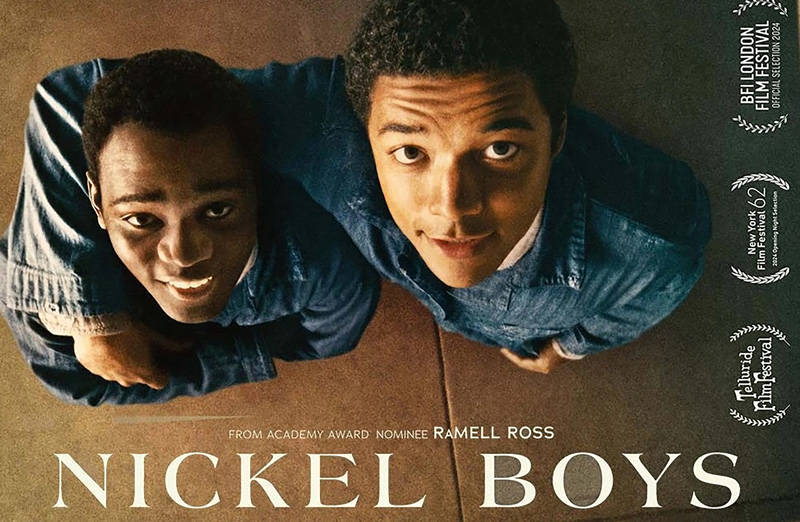




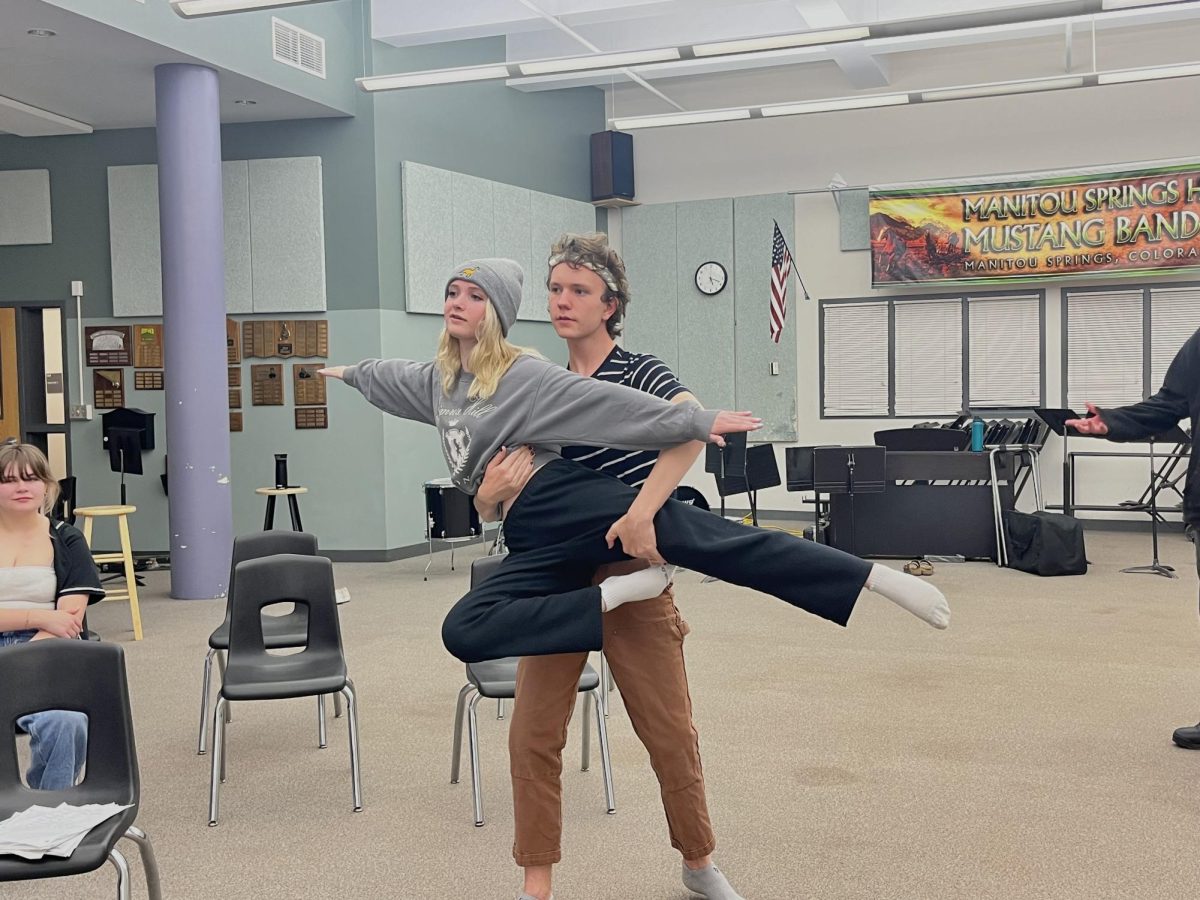



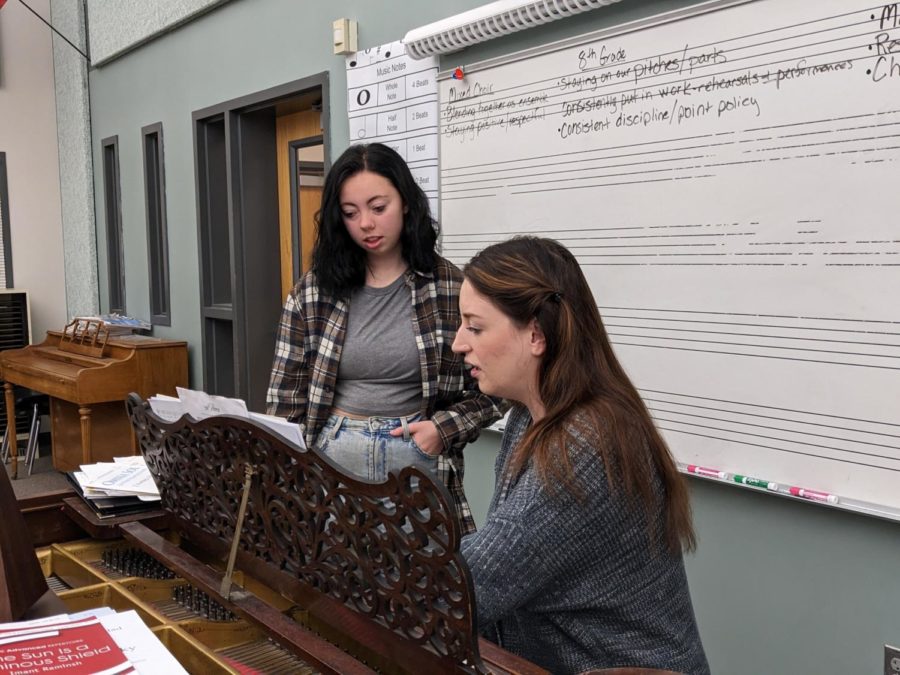



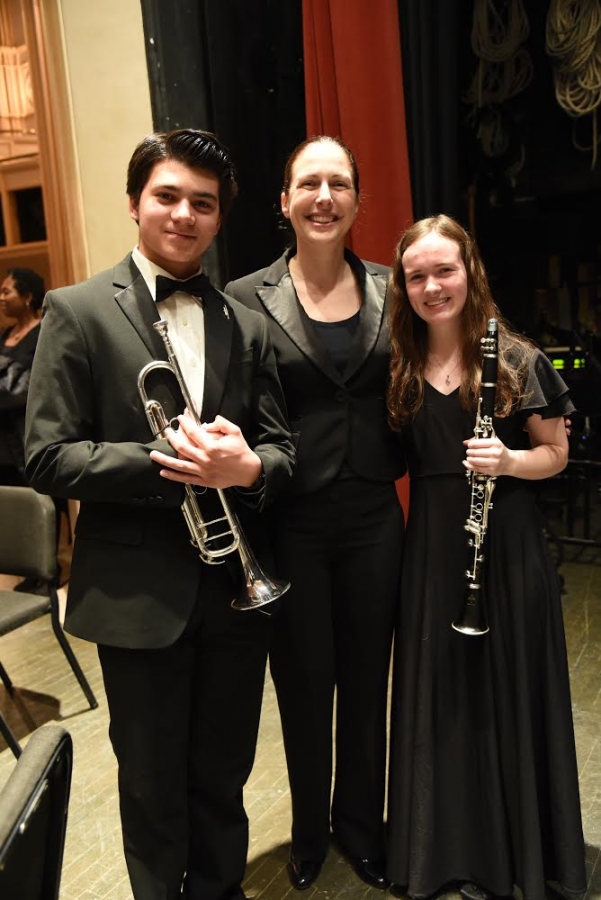

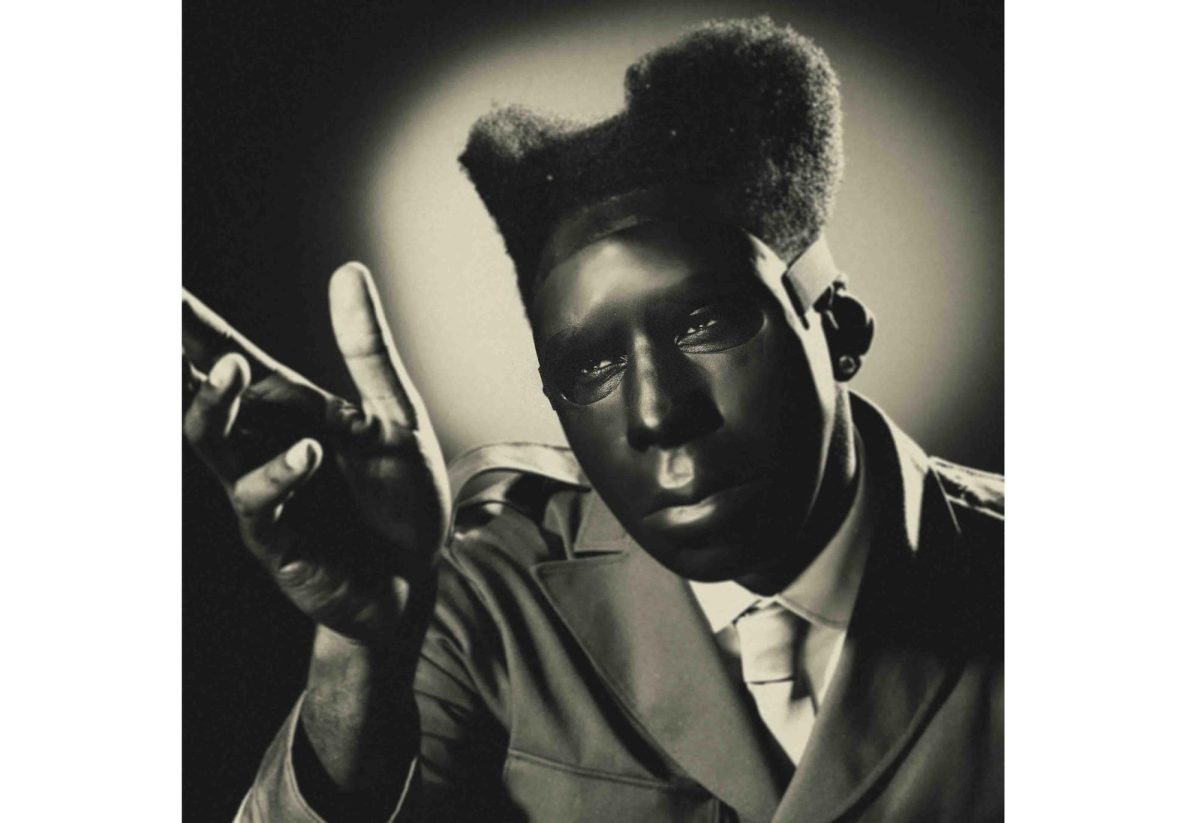






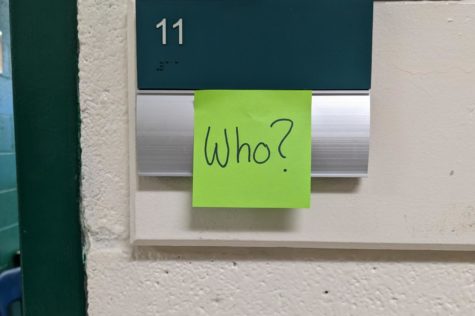
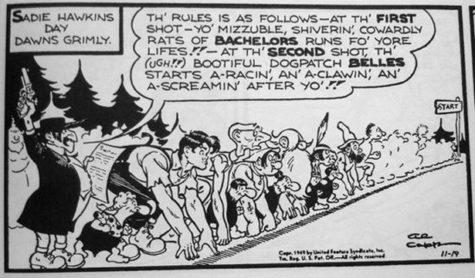


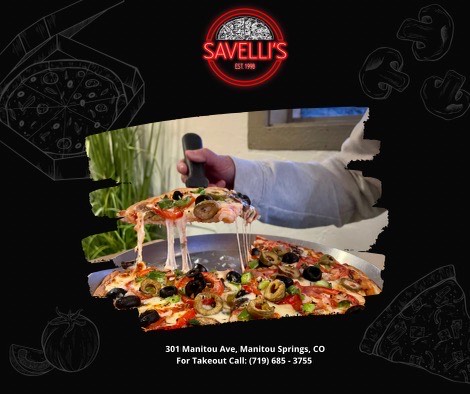
Tyler Jungbauer • Sep 12, 2016 at 8:53 pm
To be honest, I don’t quite understand the ultimate difficulty of the dress code. Human beings have evolved from such a state of nature that clothes have become more than just optional, but as a society we have also evolved drastically from the state we were in not even a century ago. When we look at how both males and females dress in regards to etiquette now when compared to the ’20s or earlier, or even later, there is a massive gap. This is because social standards have changed, some for better and some for worse. However, we have evolved to such a state that we’ve come to accept that people are going to wear garments that are shorter than they were years ago, and so I think that as a society we are going to have to accept that these changes are not going to go away.
When one walks the streets of Manitou or Colorado Springs, one sees variously clad individuals. Some wear long garments that cover basically everything, while others choose a more sparse outfit. Is there a dress code for the streets? So long as you’re wearing clothes that cover such-and-such, there isn’t. As individuals of society, at school we should dress and participate in this social standard in such a way that we represent our opinion on the matter. The ways we dress are really cues as to who we are; so yes, people dress to show their identity in an exterior fashion. If students wish to wear as little as possible, then they are representing themselves as they see themselves fit. I do not see a problem with this. To be most eloquent, I think that every individual of this participatory society has rights independent of other people until the first person’s rights begin to restrain and affect the second person’s. In other words, you have the right to do as you will up until the tip of my nose, where it becomes my problem. Every individual deserves equal, fair representation within this society, and in order to do this we must be willing to both understand the limits and the freedoms of our rights.